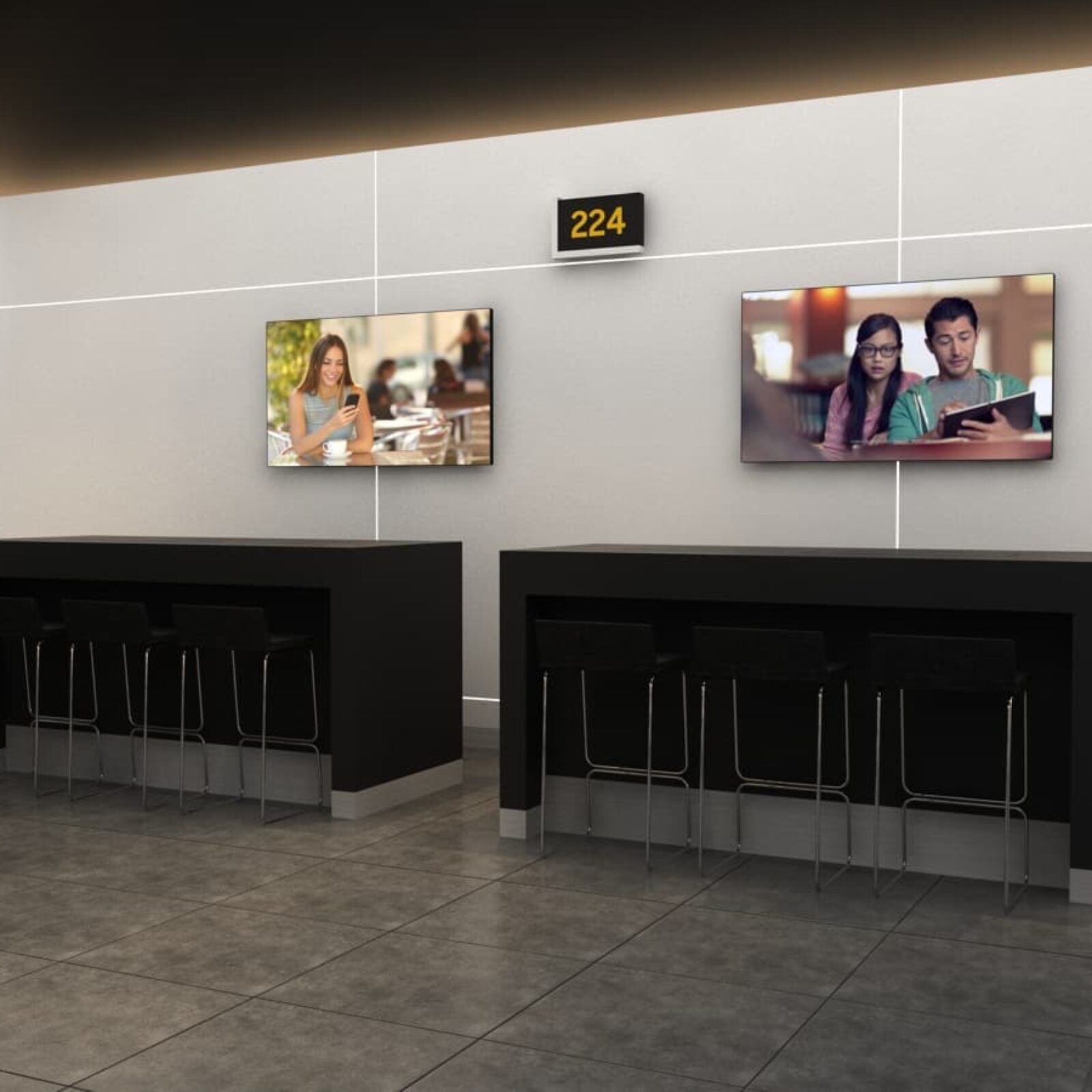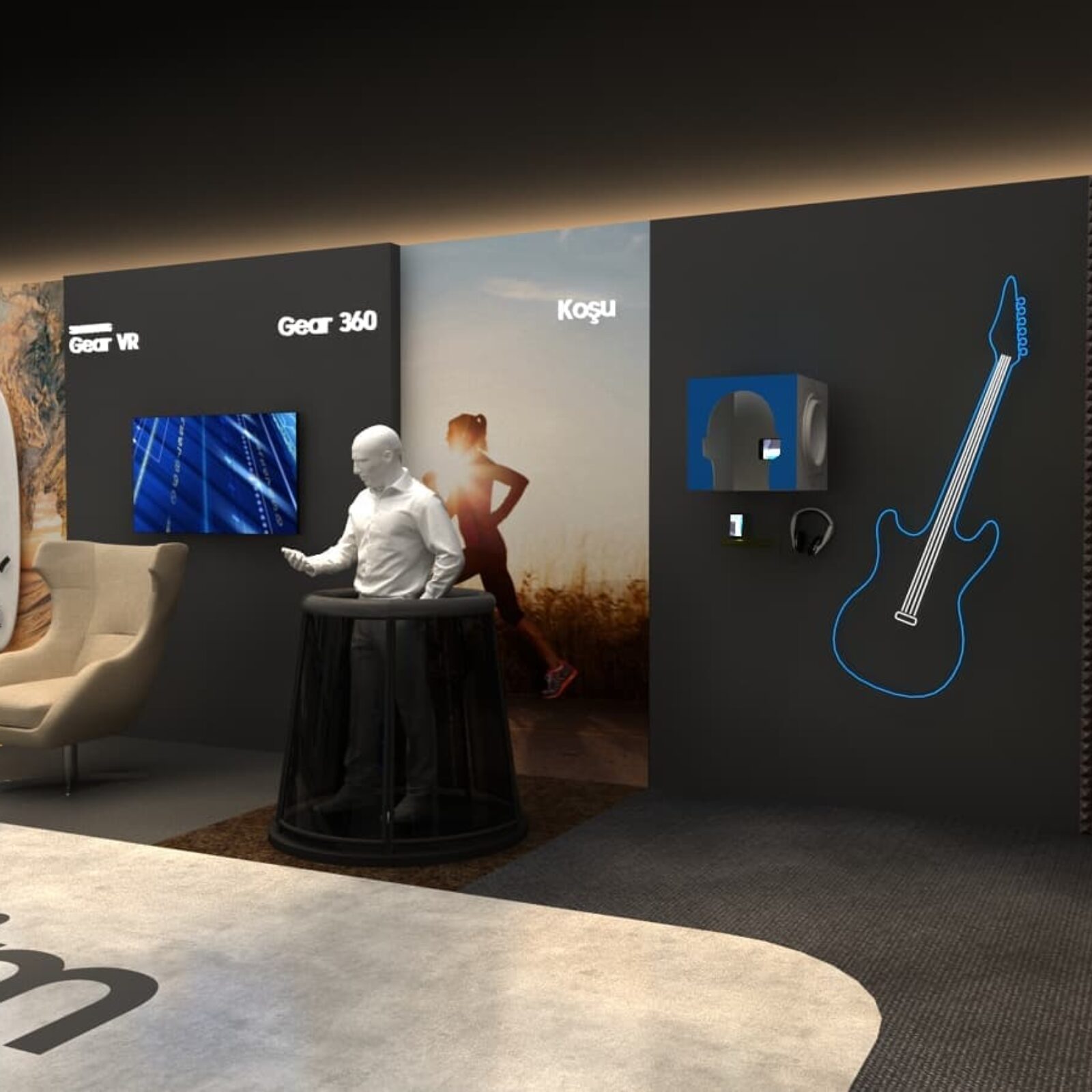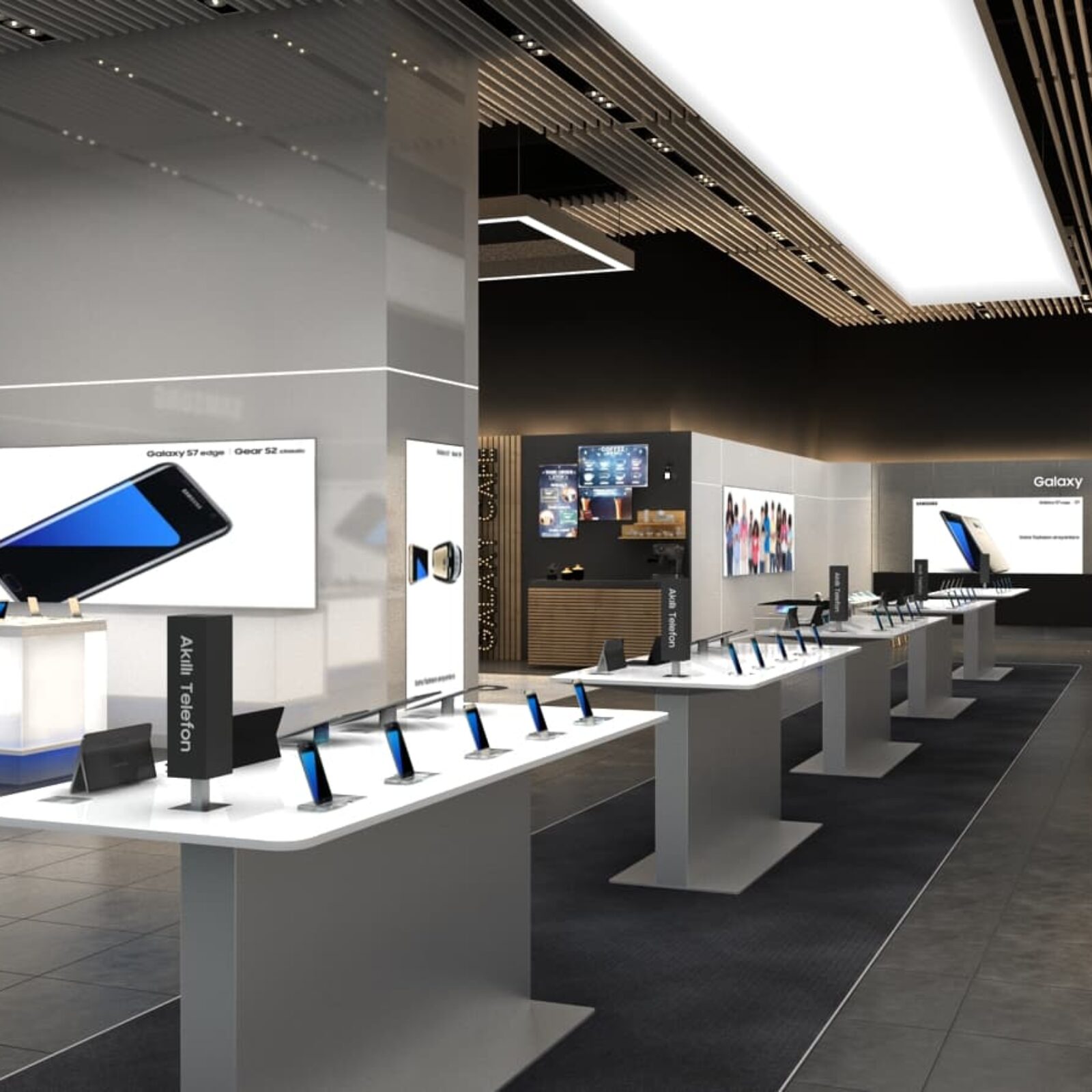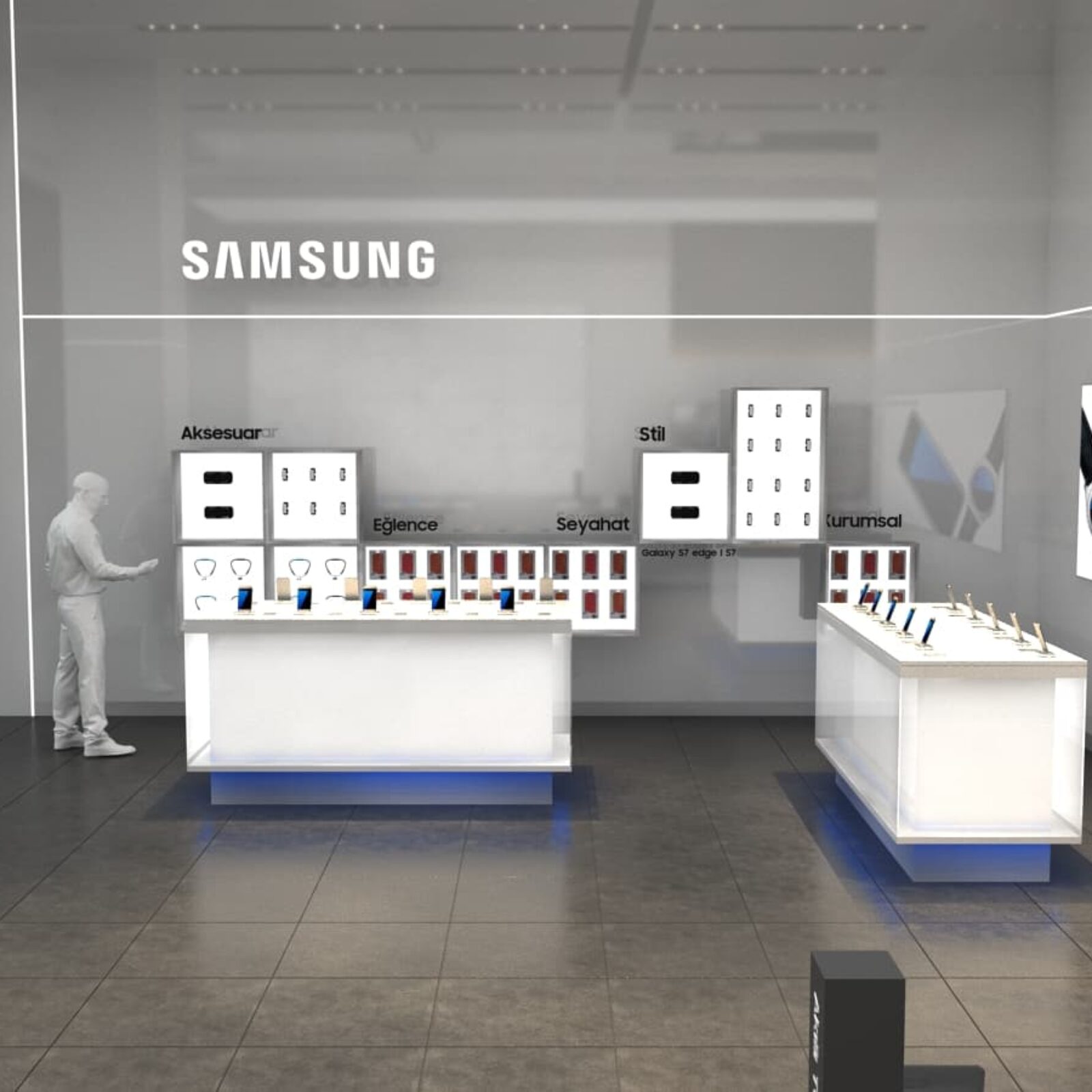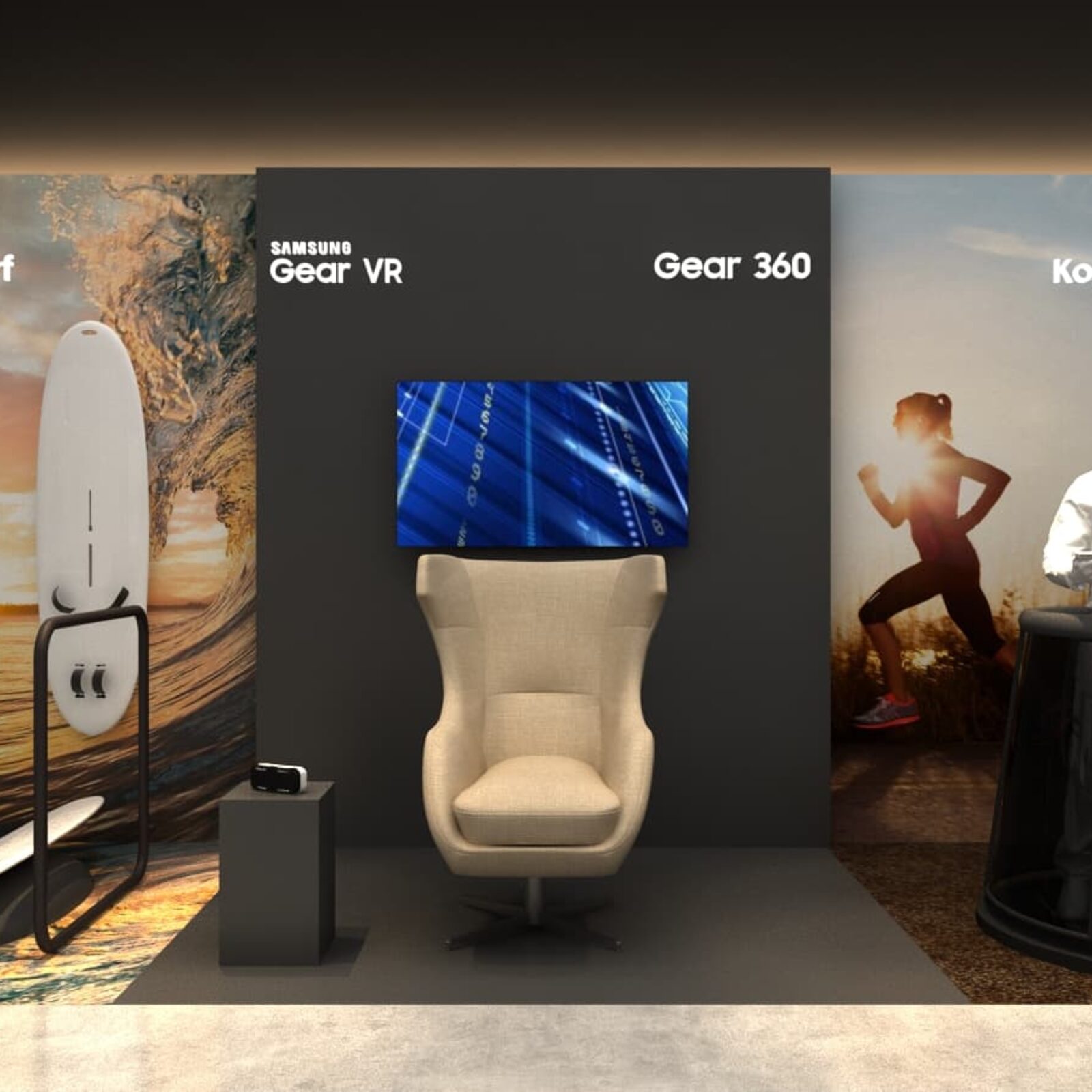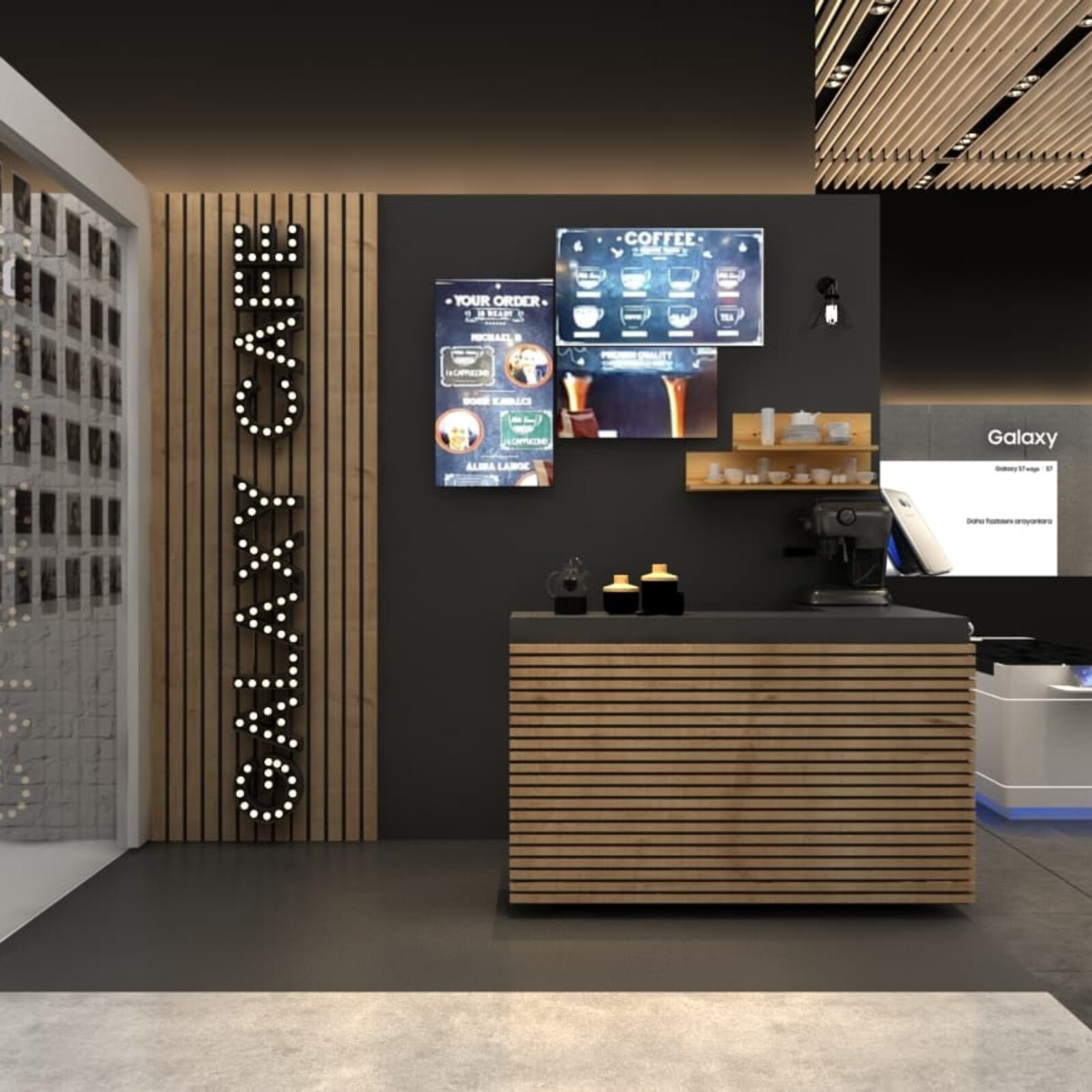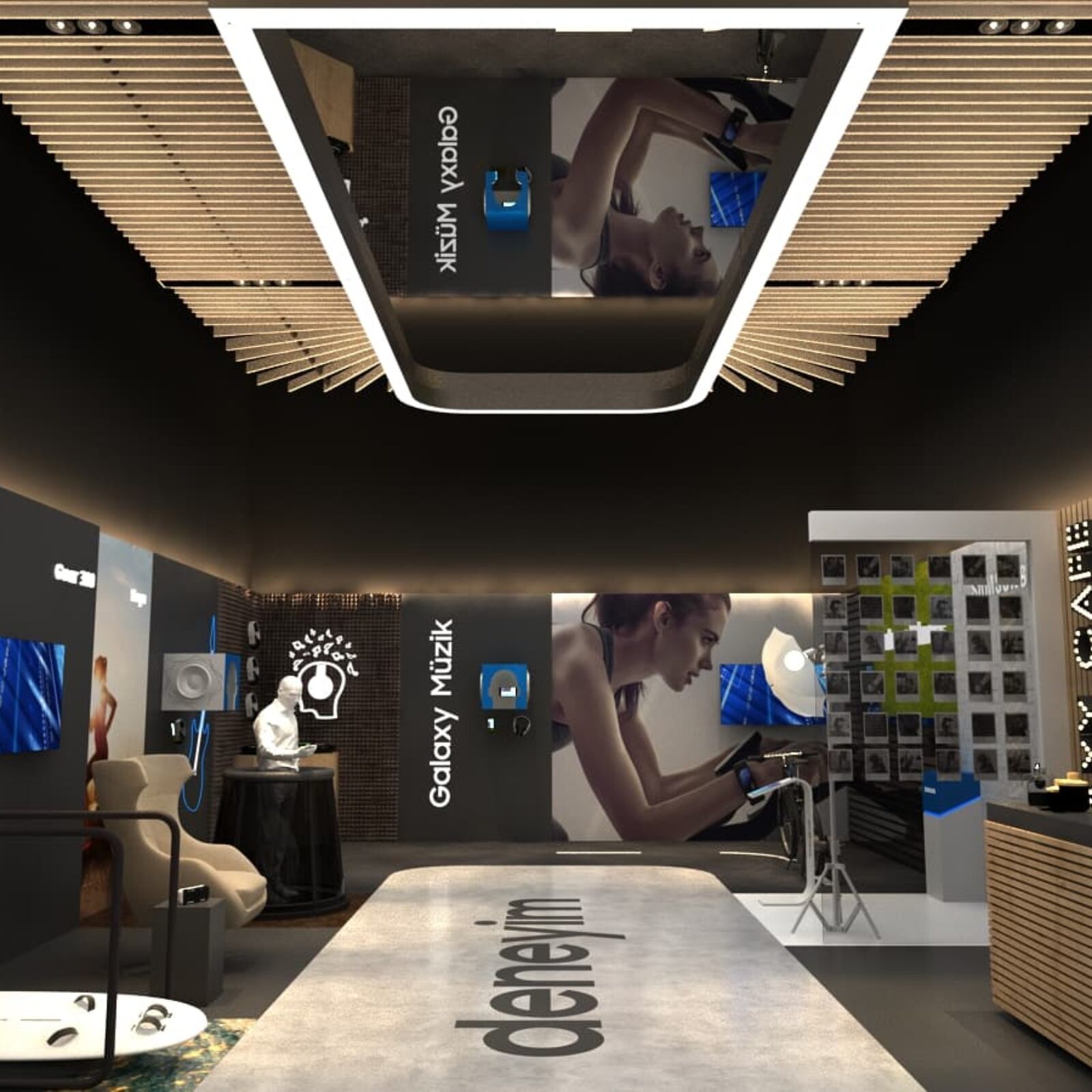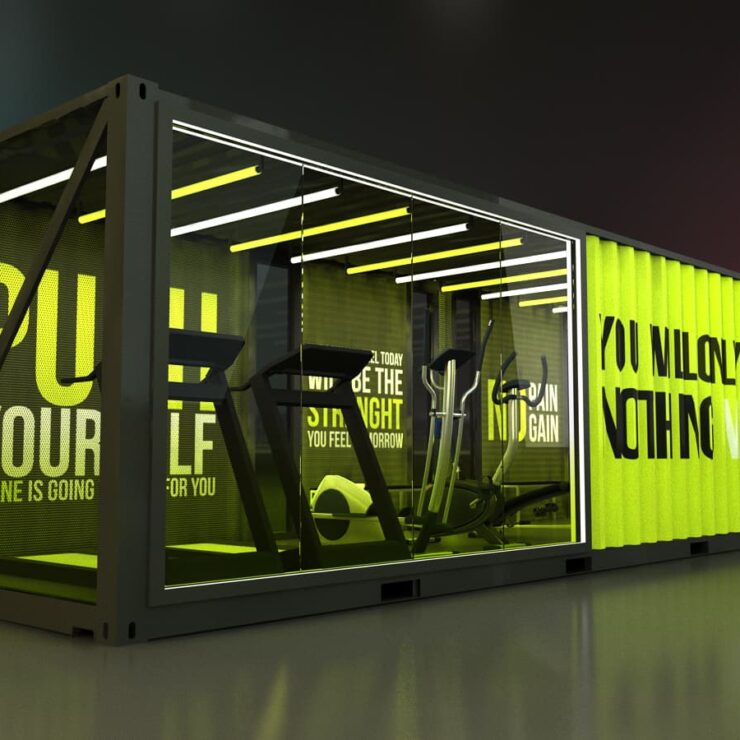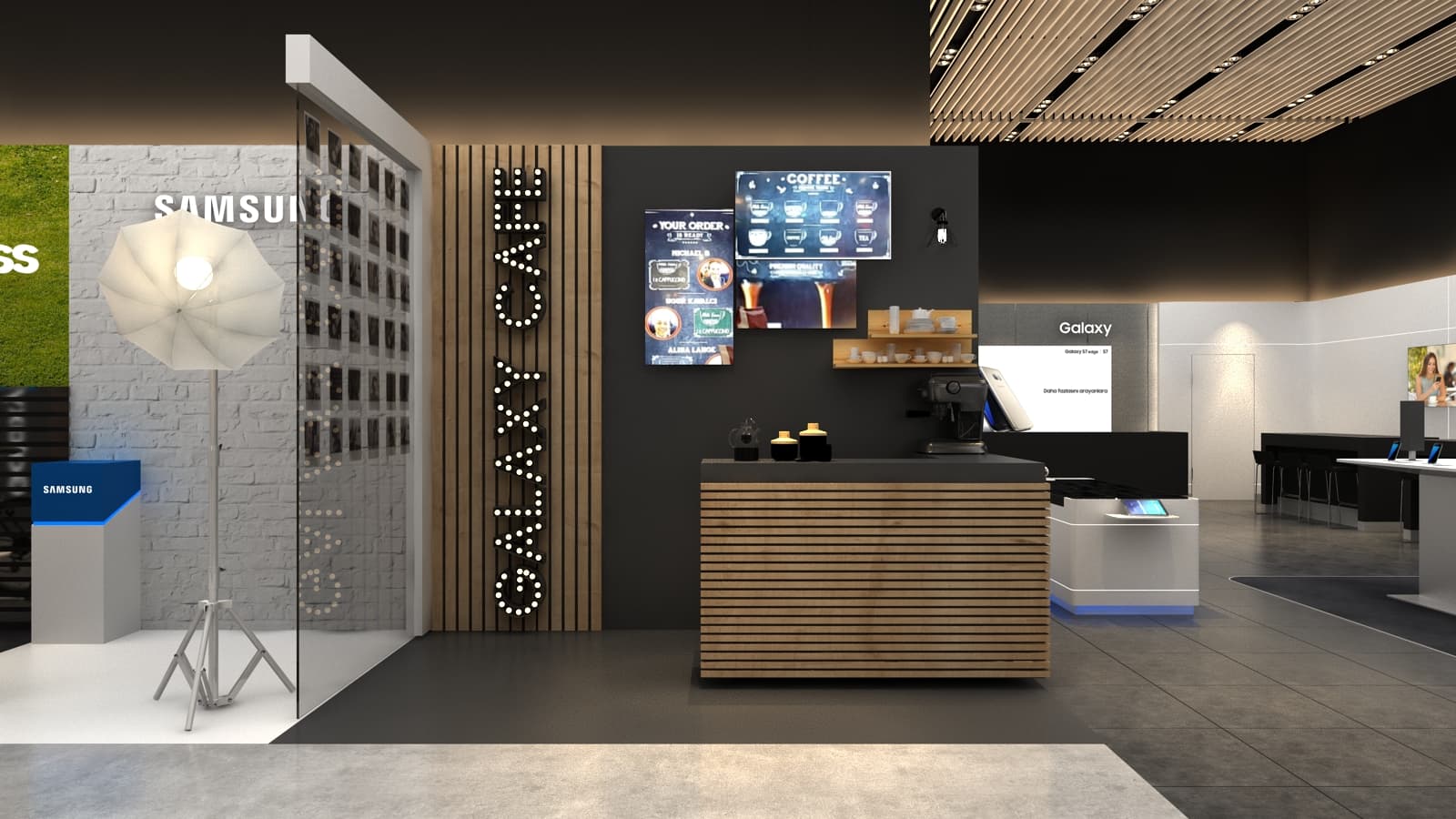
Samsung
Store Concept
Nowadays, shopping is no longer just a purpose, as shopping centers have entered our lives in large numbers. It has become intertwined and fused with different activities and experiences, such as spending time with family, having fun, eating, and drinking. Therefore, shopping has become a short journey where customers experience many adventures together. Based on this observation, offering different and varied experiences to customers outside shopping in in-store design will take retailers one step further. With the contribution of technology, interacting with customers with the product, and creating interactive experience areas for them, gives users an emotional and unique experience. In addition, adding some side functions to the in-store decoration that will diversify these experiences (cafeteria, event area, children’s playground, even resting – waiting area, etc.) is one of the effective methods that will leave a mark in the minds of users. This interaction also helps customers spend more time in the store.
The human brain prefers to do actions and activities that it already knows and is familiar with. Because the unknown always involves uneasiness and discomfort. Users want to see a reason to move away from this space that is familiar to them. Therefore, it is now of equal importance to create a customer experience for users as it is to create original and creative designs in store interior decoration.
Not everyone likes to ask for directions from sales assistants. In-store interior architectural designs and ancillary elements such as screens, images, etc., used for visual interaction and information prepare the ground for customers’ perception of the store and their shopping experience. Using these interaction elements in a way that does not interrupt the customer’s in-store flow and is integrated with the products gives more effective results. In addition, if the store’s interior architecture consists of ample space, defined walkways should be created to ensure that customers can easily find their way around and guide them on their buying journey. In addition, while waiting in line at the checkout points, additional visual information and promotion-advertising areas should be designed for customers. These areas are the final point that will leave an impression on customers.


